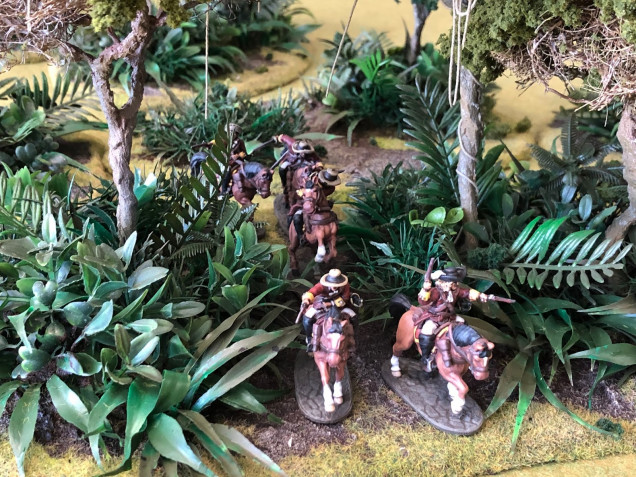
I don’t know yet
A Brief History
A Brief History
The late 17th and early 18th centuries are often considered the “Golden Age of Piracy” in the Caribbean, and pirate ports experienced rapid growth.
The military power of the Spanish Empire in the New World started to decline when King Philip IV of Spain was succeeded by King Charles II.
While Spanish America in the late 17th century had little military protection as Spain entered a phase of decline as a Great Power, it also suffered less from the Spanish Crown’s mercantilist policies with its economy. This lack of interference, combined with a surge in output from the silver mines due to increased availability of slave labour began a resurgence in the fortunes of Spanish America.
England, France, and the Dutch Netherlands had all become New World colonial powerhouses in their own right.
Worried by the Dutch Republic’s intense commercial success since the signing of the Treaty of Westphalia, England launched a trade war with the Dutch. The English Parliament passed the first of its own mercantilist Navigation Acts and the Staple Act that required that English colonial goods be carried only in English ships and legislated limits on trade between the English colonies and foreigners. These laws were aimed at ruining the Dutch merchants whose livelihoods depended on free trade. This trade war would lead to three outright Anglo-Dutch Wars over the course of the next twenty-five years.
Meanwhile, King Louis of France had finally assumed his majority with the death of his regent mother Queen Anne of Austria’s chief minister, Cardinal Mazarin, in 1661. The “Sun King’s” aggressive foreign policy was aimed at expanding France’s eastern border with the Holy Roman Empire and led to constant warfare against shifting alliances that included England, the Dutch Republic, the various German states and Spain. In short, Europe was consumed in the final decades of the 17th century by nearly constant dynastic intrigue and warfare, an opportune time for pirates and privateers to engage in their bloody trade.
In the Caribbean, this political environment created many new threats for colonial governors. The sugar island of Sint Eustatius changed ownership ten times between 1664 and 1674 as the English and Dutch duelled for supremacy there.
Consumed with the various wars in Europe, the mother countries provided few military reinforcements to their colonies, so the governors of the Caribbean increasingly made use of buccaneers as mercenaries and privateers to protect their territories or carry the fight to their country’s enemies. Perhaps unsurprisingly, these undisciplined and greedy dogs of war often proved difficult for their sponsors to control.
By the late 17th century, the great Spanish towns of the Caribbean had begun to prosper, and Spain also began to make a slow, fitful recovery, but remained poorly defended militarily because of Spain’s problems and so were sometimes easy prey for pirates and privateers. The English presence continued to expand in the Caribbean as England itself was rising toward great power status in Europe. Captured from Spain in 1655, the island of Jamaica had been taken over by England and its chief settlement of Port Royal had become a new English buccaneer haven in the midst of the Spanish Empire. Jamaica was slowly transformed, along with Saint Kitts, into the heart of the English presence in the Caribbean.
At the same time the French Lesser Antilles colonies of Guadeloupe and Martinique remained the main centres of French power in the Caribbean, as well as among the richest French possessions because of their increasingly profitable sugar plantations. The French also maintained privateering strongholds around western Hispaniola, at their traditional pirate port of Tortuga, and their Hispaniola capital of Petit-Goave.









































































Leave a Reply